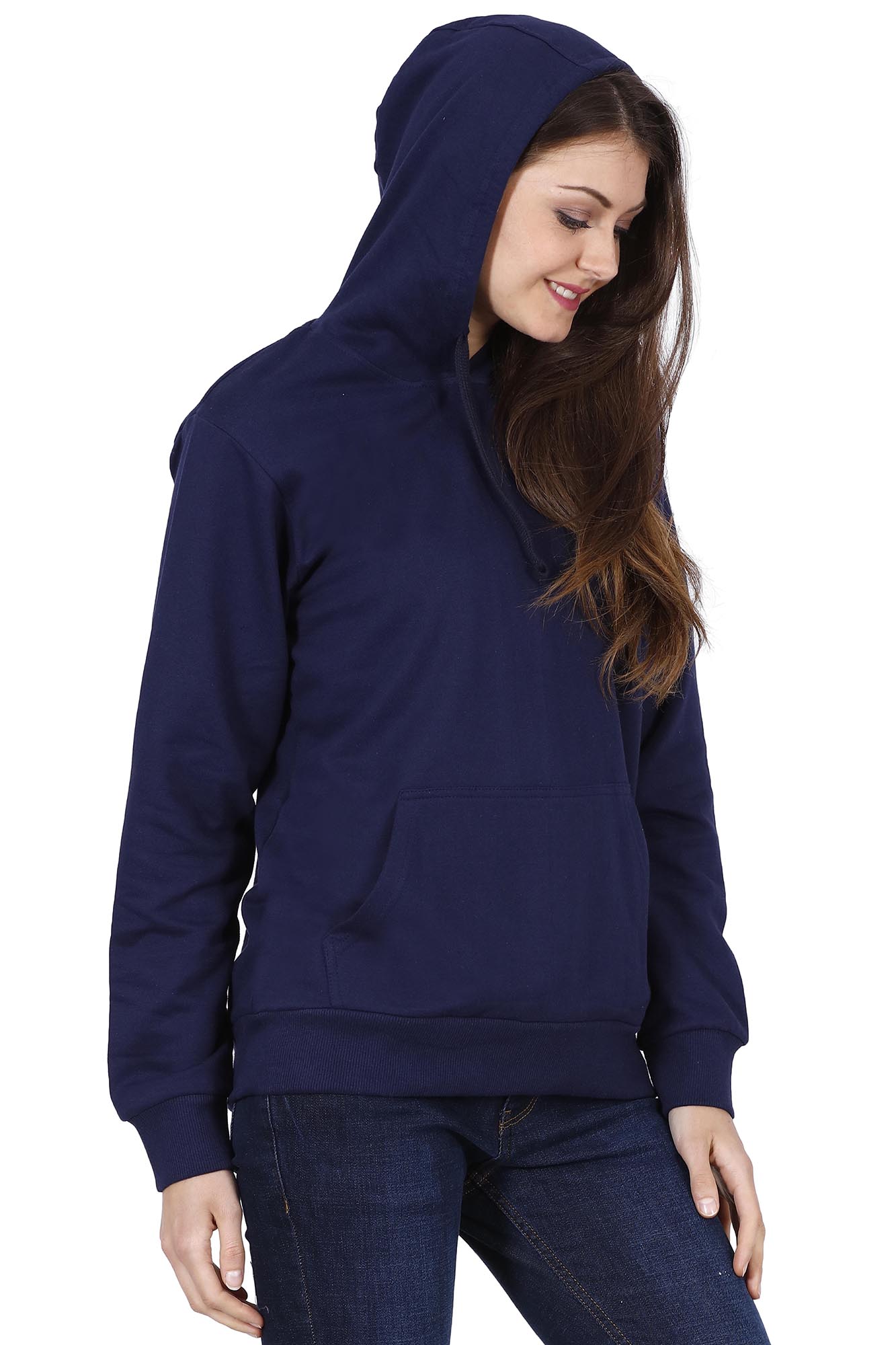Sweatshirts are long-sleeved pullover tops that are made of thick cotton cloth. They are generally used for casual wear but aren't as formal as sweaters or cardigans. They might not come with an Hood. If you're thinking of buying a sweatshirt, here are a few tips:
The appeal of Norma Kamali was spread by the use of sweatshirts

Since the end of the 70s In the late '70s, Norma Kamali has been transforming the simple sweatshirt into an art form. Her designs have become a staple in almost every woman's wardrobe. Her distinct styles range from a tummy-tucking crew neck to leather-paneled sweatshirts. She has also created clothing in unique designs, like a tank top with long trumpet skirt.
sweat shirts between the designer and the manufacturer of sweatshirts Everlast gave rise to her Timeless line, which became an instant hit when it was featured in the spring catalog of Spiegel. The collection offered knits that could be interchangeable or convertible in classic shapes, and many pieces were priced under $20. Even the Norma Kamali's Timeless collection wasn't available in stores, buyers could still find these designs on eBay and Poshmark.
Merino wool sweatshirts are more comfortable than sweatshirt s made of soft wool.
Merino wool is known for its moisture-wicking capabilities which help to keep you dry and comfortable. This is a naturally-occurring fiber and also has a smoother feel. The fabric is also quick to dry when compared with other natural material. In addition, it is a sustainable resource. Merino sheep shed their coats every year and regrow new coats.
The weight-to-heat ratio of merino wool is what makes it a popular choice for sweatshirts. It helps to regulate body temperature due to its natural loft, which traps heat between the fibers. This is why Merino wool sweatshirts are perfect for outdoor and summer activities like mountain biking, hiking, and running. The warmth they provide helps keep the wearer cool and dry, which is essential when working out.
Zip-front hoodies come with a kangaroo pocket
Kangaroo pocket Hoodies are a very popular type of hoodies. They feature a big pocket on the front, which keeps your hands warm on cold days. They are also more practical than traditional pockets, since they allow the hands to slide in and out effortlessly.
Kangaroo pockets are usually large enough to hold the wallet, or other personal items. They're usually big enough to hold a small hand and are wide enough to fit two hands. They are wide on both sides and are ideal for carrying small items.
French terry fabric is a very popular material for sweatshirts
The French terry fabric is made of soft yarns that are knitted into loops and are usually midweight. It is also renowned as a fabric that wicks away moisture and is already pre-shrunk. French terry is a great choice for sweatshirts because it keeps you warm when you need it and helps keep your cool when you want to cool down.
French Terry is also a popular choice for loungewear, since it is stretchy and has enough flexibility to feel good when you touch your body. It also allows enough air to circulate through the fabric, which makes it ideal for layering underneath other clothes. Furthermore, since it's lighter than most sweatshirts you can wear it all through the year without feeling too warm or cold.
Hoodies are classy and have a connotation of class.
While it may seem that hoodies are just an appropriate attire item for people of the working class, the reality is that they are a symbol of class. The hooded garment was first seen in the 70s New York, where graffiti artists would wear them to conceal their identities. In 1976 the hoodies made their big movie debut with "Rocky," when the protagonist of the film was a working class man in gray sweats that were hooded during his memorable climb to the top of the Philadelphia Museum of Art.

see it here are often associated with death, destruction and other unpleasant items, yet they serve a practical purpose. For example, monks and priests might wear hoods in order to display modesty and inward focus.
